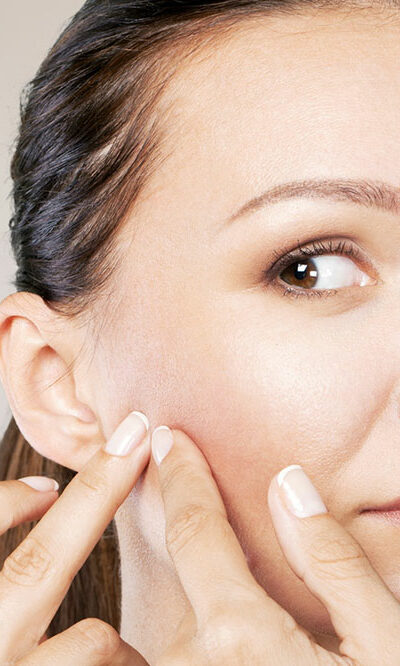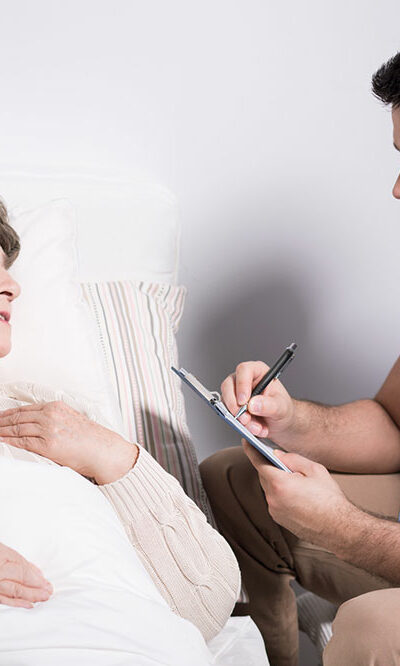
Dehydration – What causes it and how to prevent it
Dehydration is a condition in which your body ends up losing more fluid than it consumes. That, in turn, results in your body not having sufficient water to function normally. If you fail to make up for this loss, you will suffer from dehydration. While anybody can suffer from this condition, children and older people are more susceptible to it. It is very important to treat the body with lots of water, especially during hot weather. The causes are: Sweating Sweating is a natural process that helps in keeping the body temperature stable. When the body becomes very hot, the sweat glands get activated and release moisture from the body to cool it down. Evaporation plays a major role in this process. Sweating contributes towards hydrating the skin and balancing the presence of electrolytes in the body. While normal sweating is fine, excessive sweating is what causes dehydration. Diarrhea Diarrhea is something that strikes your body suddenly and in an almost violent manner. It results in a massive loss of water and electrolytes from the body in a short span of time. Electrolytes are the minerals that help the body in controlling muscle movement, regulating the flow of blood, and carrying out various organ-based functions. Your body feels weak and you find it difficult to go about your daily routine. Diarrhea is sometimes accompanied by vomiting and that contributes to even more fluid loss. Fever When you suffer from fever, the temperature of your body increases sharply and that leads to the body releasing sweat as a natural process to lower down the temperature. If the sweating happens in controlled proportions, then it is fine. But if you sweat profusely for a long period of time, it may result in dehydration. The preventive measures are: Regular consumption of water The most basic technique to avoid dehydration is to consume lots of water.










